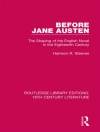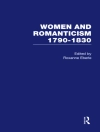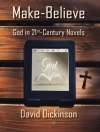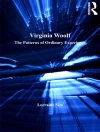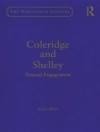Witty, direct and articulate, Peter Barry illustrates the key elements of poetry at work, covering many different kinds of verse, from traditional forms to innovative versions of the art, such as ‘concrete’ poetry, minimalism and word-free poems. The emphasis is on meanings rather than words, looking beyond technical devices like alliteration and assonance so that poems are understood as dynamic structures creating specific ends and effects.
The three sections cover progressively expanding areas – ‘Reading the lines’ deals with such basics as imagery, diction and metre; ‘Reading between the lines’ concerns broader matters, such as poetry and context, and the reading of sequences of poems, while ‘Reading beyond the lines’ looks at ‘theorised’ readings and the ‘textual genesis’ of poems from manuscript to print.
Reading poetry is for students, lecturers and teachers looking for new ways of discussing poetry, and all those seriously interested in poetry, whether as readers or writers.
Cuprins
Introduction: ‘One small step’
READING THE LINES
1. Meaning
2. Imagery
3. Diction
4. Metre
5. Form
READING BETWEEN THE LINES
6. Close and distant reading
7. Feeling and sentiment
8. Text and context
9. Poems and pictures
10. Sequences and clusters
READING BEYOND THE LINES
11. Place and time
12. Poetry with theory
13. Minimalism and micro-poetry
14. Concrete canticles
15. Textual genesis
End-note
List of poems discussed
Glossary
Further reading
Index
Despre autor
Peter Barry is Professor of English at the University of Wales, Aberystwyth


